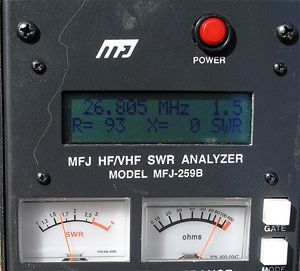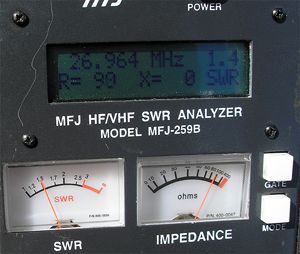Well that certainly makes more sense, Marconi.
It's just that part in front of it that threw me off.
"At my age, I probably don't have long, and then you'll all be happy, that I'm no longer looking over your shoulder."
It just goes to show how a person can mean a certain thing, but another can take it completely wrong . . .
I guess I'm just feeling my own mortality more than I used to.
I put some GP on the 1/2 wave and just put it in the air. They are 12 of them 36" long. I don't know whether I'll be able to tell any difference or not. Getting dark and can't play until maybe tomorrow.

It's just that part in front of it that threw me off.
"At my age, I probably don't have long, and then you'll all be happy, that I'm no longer looking over your shoulder."
It just goes to show how a person can mean a certain thing, but another can take it completely wrong . . .
I guess I'm just feeling my own mortality more than I used to.
I put some GP on the 1/2 wave and just put it in the air. They are 12 of them 36" long. I don't know whether I'll be able to tell any difference or not. Getting dark and can't play until maybe tomorrow.











